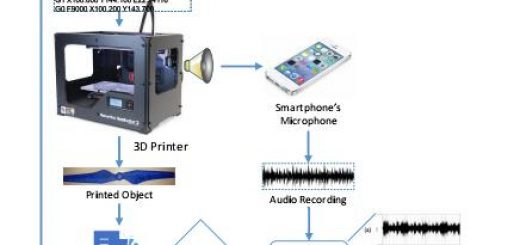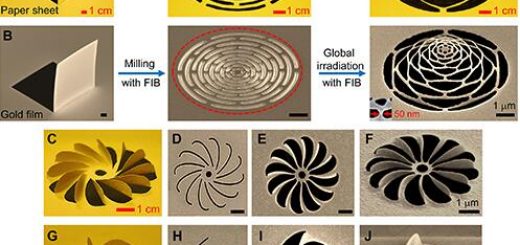PyroGenesis Advances On Additive Manufacturing Industrialization Plan
Canadian plasma torch developer and manufacturer PyroGenesis has announced the completion of an additive manufacturing metal powder production facility.
Fitted with state of the art equipment, the factory is the next step in the company’s “industrialization plan” for continuous, round-the-clock materials manufacturing led by industry demand.
“We are very excited about having completed this milestone,” comments Massimo Dattilo, Vice President of PyroGenesis Additive, “It puts PyroGenesis squarely on the map as a quality supplier of Ti-6Al-4V powder for the AM industry.”

3D printed object made using PyroGenesis’ plasma atomized powders. Photo via PyroGenesis.
![]() Medical and aerospace certification
Medical and aerospace certification
Nominated for “Material company of the year” in this 2018 3D Printing Industry Awards, PyroGenesis is credited with inventing the Plasma Atomization process for producing spherical metal powders. Refined for producing powder bed fusion (PBF) quality materials, PyroGenesis’ process cuts the amount of waste created in the process and reduces associated costs.
As mentioned by Dattilo, the recently-completed facility focuses on the production of plasma atomized Ti-6Al-4V – a titanium alloy suited to aerospace and biomedical applications. It is ISO 9001:2015 quality certified, and aims to achieve AS9100D accreditation for aerospace and defense by the end of the year. After this, the company will pursue ISO 13485 certification to produce material for medical devices.
![]() Industrialization plan
Industrialization plan
In terms of physical features, the facility houses a new, upgraded plasma-based atomization unit, inventory storage, and logistics operations. According to the company these additions have significantly reduced capital cost of the company’s powder production, and are expected to “increase yield and production rates” in the near future.
The completion is part of PyroGenesis’ “industrialization plan” discussed by company President and CEO P. Peter Pascali in an update relating to ISO certification in February 2018. Though PyroGenesis was already capable of commercial powder production Pascali was keen to differentatiate this from the “industrial” plan. He says, “The difference between a commercial facility and an industrial plant is a bit subtle but it is important to understand and appreciate how far we have come and how we are proactively preparing for the future.”
“Our approach to the market is very conservative, which is probably why we have lasted so long,” Pascali adds.
“Our strategy is not to build excess capacity and wait for customers,”
“Our approach is built on the recent disruption in the supply chain caused by GE’s acquisition of Arcam and by default AP&C, and the overall serious lack of quality independent powder producers.”

Inside the crucible of PyroGenesis’ plasma atomization process for metal powders. Photo via PyroGenesis on Twitter
![]() Fulfilling orders and partnerships
Fulfilling orders and partnerships
In light of PyroGenesis’ industrialization, the completion of this new facility also means that company now has additional means to fulfill its $4.1 million order backlog as reported in the recent Q2 2018 earnings. In addition, it is well equipped to conduct projects for its growing list of strategic partners.
In November 2017, PyroGenesis entered into metal powder supply discussions with Rolls Royce. More recently, in August 2018, the company also confirmed that tests of its powder, conducted by an undisclosed 3D printer OEM, “met or exceeded” its requirements.
Pascali concludes, “This next logical step of incorporating some of the previously announced improvements into a cutting-edge facility is now complete,”
“After investing over $2.5M into this facility, all that remains is to incorporate post treatment equipment for it to be a stand-alone facility.”
Source: 3dprinter




Recent Comments